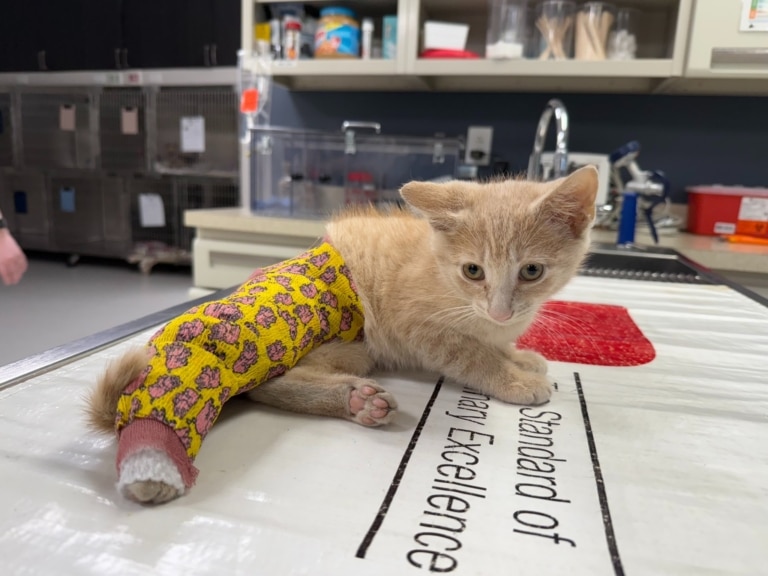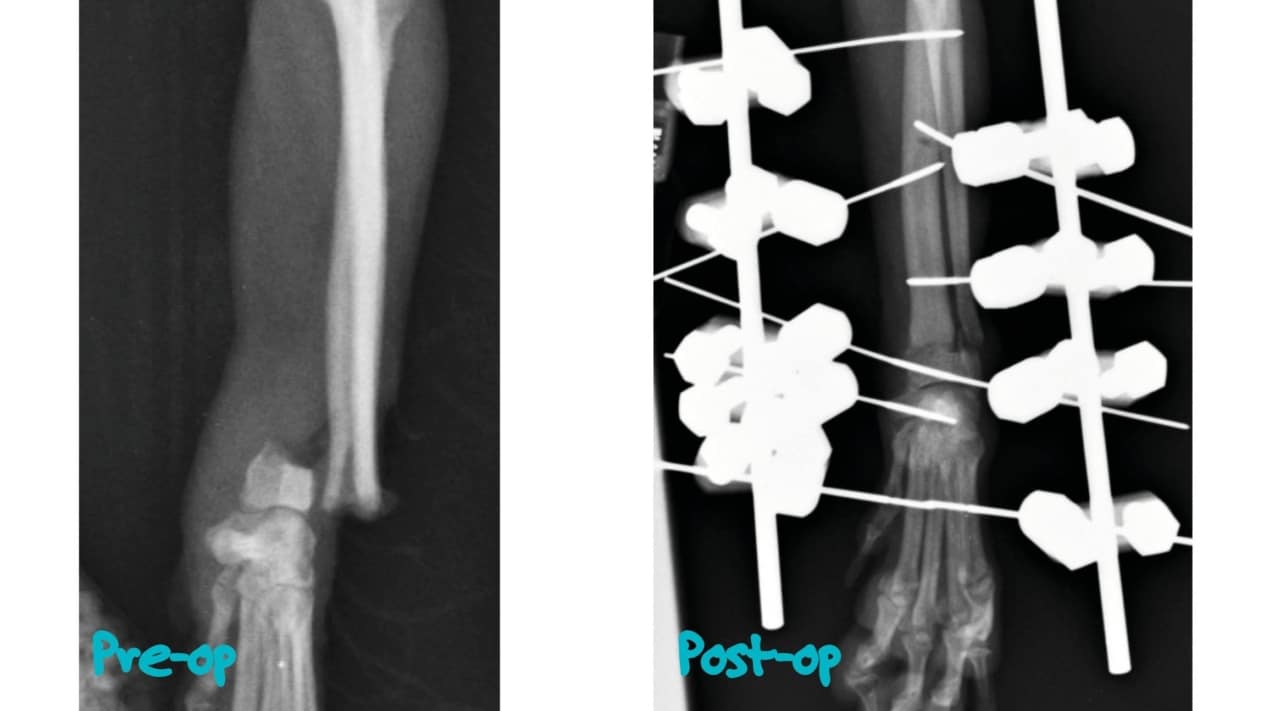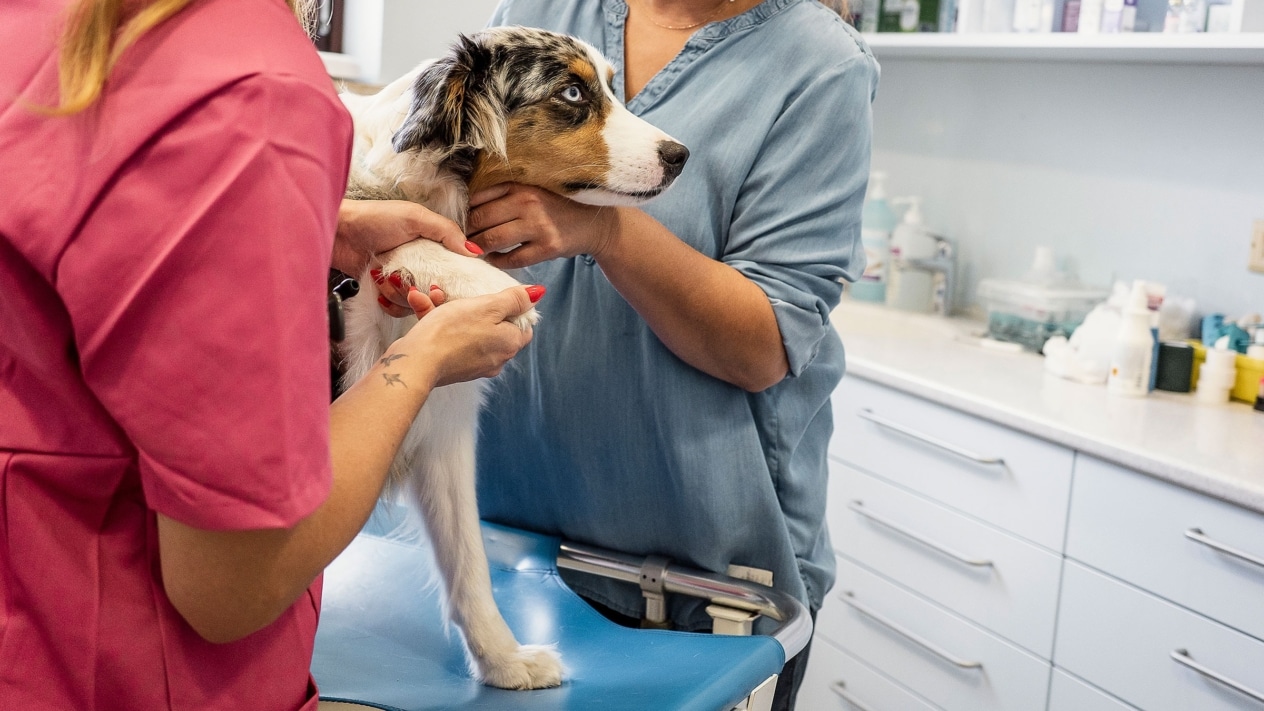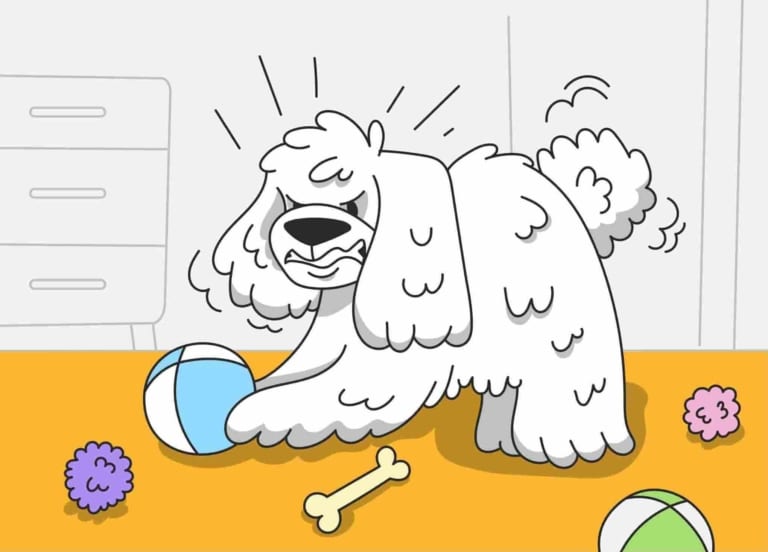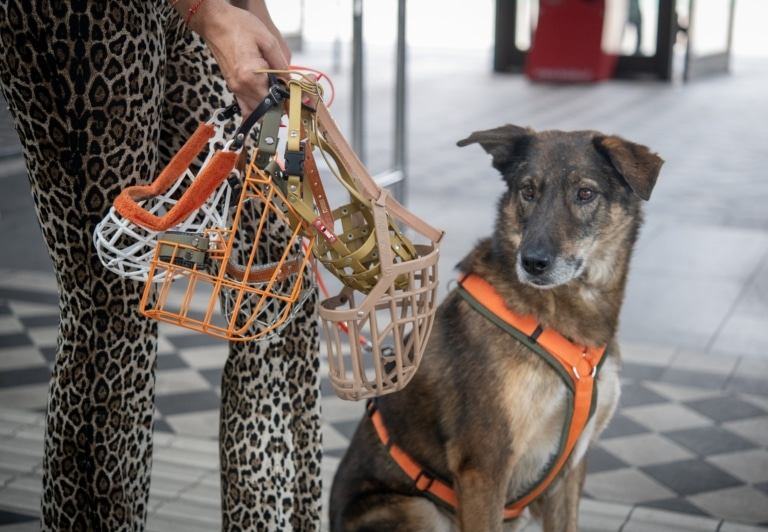A dog or cat in many families becomes a full-fledged member of the family. Their owners love them and take care of them as if they were their own, because four-legged pets cannot tell about their troubles and problems: when they feel bad or something hurts. It happens that a healthy and playful Pet is traumatized, and then you need to be careful to help him in time. From our article you will learn about leg fractures in cats and dogs and how to act in such cases.
Pets lead an active lifestyle and, at times, receive various injuries. From fractures of the limbs suffer mainly small animals, mainly decorative breeds, which are bred artificially. Due to the selection of new breeds, animals are weakening in health, bones lose strength, become more vulnerable to injuries: traffic accidents, falling or jumping even from a small height, active games, fights. Both Dog and Cat can break a paw by jumping from the hands of the owner, chair or sofa. Sometimes, when Tails walks by himself, he can get injured by getting under the wheels of transport or in the hands of doghunters, fighting with another animal.
How do I know if my pet has a fracture?
There are breeds very playful and hyperactive, their restlessness sometimes leads to injuries and fractures of paws. But in some animals you can not immediately notice the injury, because our Pets remain calm, tolerate pain. A caring owner will notice lameness, swelling, unnatural position of the paw – this is the evidence of trauma to the limb. The fracture of the paw is accompanied by restricted movement, painful sensations, heavy breathing due to pain, fever, aggressive behavior. The pet loses physical activity, seeks a secluded place, licks or chews out the damaged paw. A dog may whine or even howl if the fracture site is touched, but a cat will usually remain silent and tolerate the pain.
The fracture may be of the open type, when both bones and skin of the animal are damaged. Such a fracture is accompanied by bleeding and the risk of infection. It is important to help in time: calm the pet, stop bleeding, treat the wound, apply a bandage, immobilize the pet’s limb.
A closed type fracture without displacement can not be determined immediately, and then time will be lost for treatment and rehabilitation of the animal. For some time, the animal will even be able to move, leaning on the injured paw. In the case of a closed fracture with displacement, swelling will appear, the animal will not be able to stand on the paw and even walk.
First aid at home is to keep the injured animal at rest. The injured paw should be fixed in a fixed position, as it is, without trying to align it or return it to its usual position. If the wound is open, you should try to stop the bleeding with a gauze or bandage tampon (absorbent cotton should not be used), and get Tails to a veterinarian as soon as possible. It is not necessary to give anesthetic pharmaceutical drugs to the animal, so as not to cause poisoning by choosing the wrong medication and not to prevent the doctor from making an accurate diagnosis during the examination. Treating a Dog or Cat on your own at home is not worthwhile and even dangerous. Self-treatment of a fractured pet’s paw can cause complications and lead to mutilation.
Treatment at a veterinary clinic
At the veterinary clinic, the doctor will diagnose the injury using digital x-rays and ultrasound machines. The veterinarian will determine the complexity of the injury and select the best individualized treatment method for your Ponytail, so that your pet can return to normal life as soon as possible. Diagnosis is necessary to determine the most effective method of treatment for the fracture: whether fixing the pet’s limb, resting it, restricting physical activity, taking medication, or possibly surgery, physical therapy and a special period of rehabilitation will be sufficient.
Paw fracture can be: complete and incomplete, closed or open, single or multiple. To treat complex fractures, modern veterinary medicine uses the method of osteosynthesis – a surgical operation – fixation of damaged bones with special constructions: plates, spokes, pins, screws. Immediately after such an operation, the animal begins to stand on the paw. Conservative method – plastering – can be applied only when it is impossible to perform surgery. In 90% of cases, a fracture of the paw in dogs and cats heals very quickly if the first aid is given in time and the method of treatment is chosen correctly.
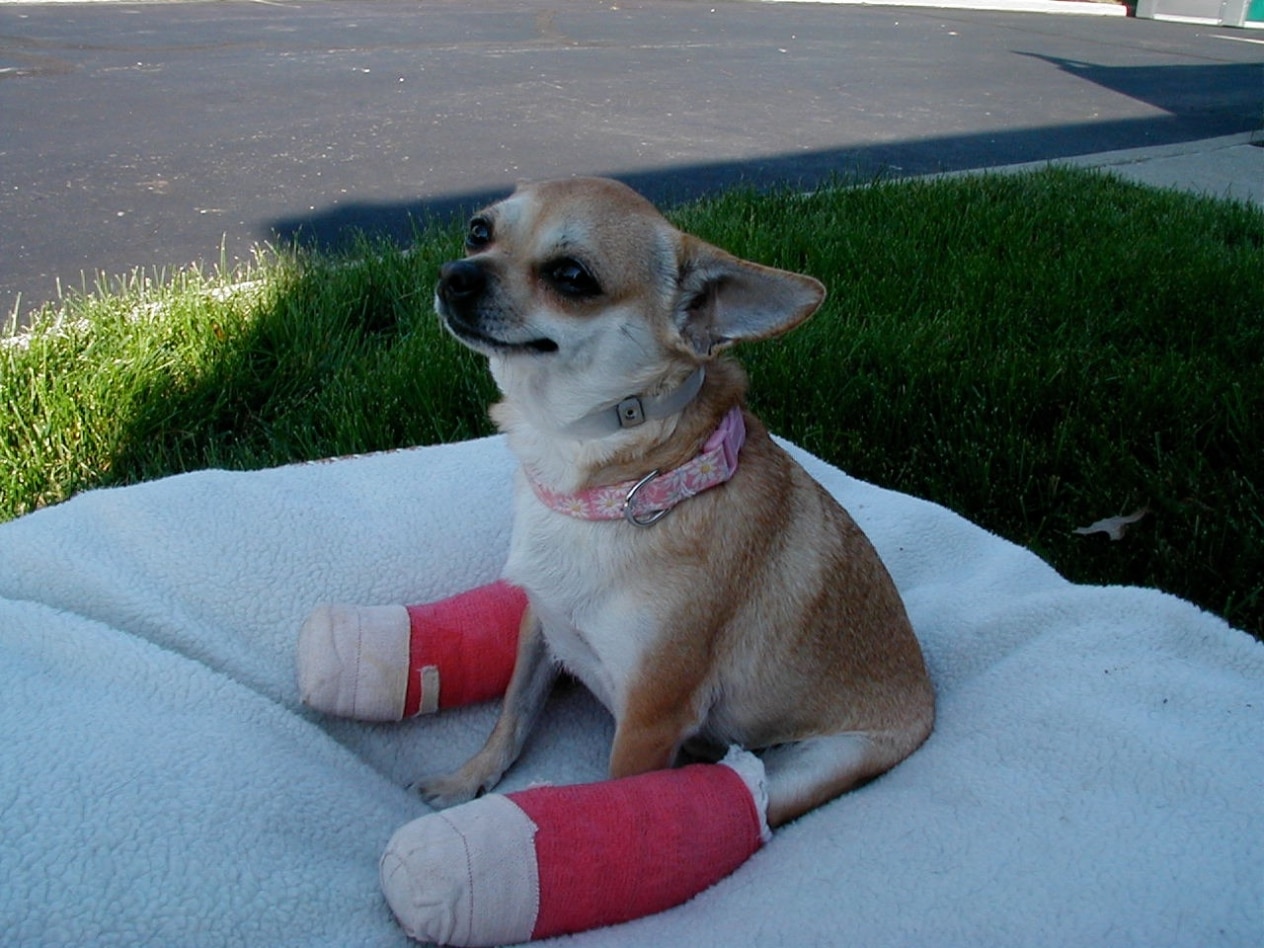
Recovery of the animal after injury will come faster if it is at rest during the rehabilitation period. More attention and care should be given to active breeds of Dogs and Cats to limit their mobility and, if necessary, put them in a cage for a while. The owner should take care that the animal receives medicines and vitamins in time. It is desirable to transfer the tail to a special feed enriched with microelements and minerals, which will help strengthen bones and restore damaged tissues. During this period, it is especially important to monitor the correct diet, so that the weight of the animal does not increase and there are no additional loads on the injured paw, which can lead to complications in the treatment of the limb. The pet can be taken out for short walks 14-20 days after the injury. It can take 3-5 weeks for a pet to fully recover from a fractured paw and it can take up to six months for the pet to require treatment and care.
Love, care and patience of the owner will speed up the recovery of the animal and will be the best medicine for the Faithful Friend of the family.

